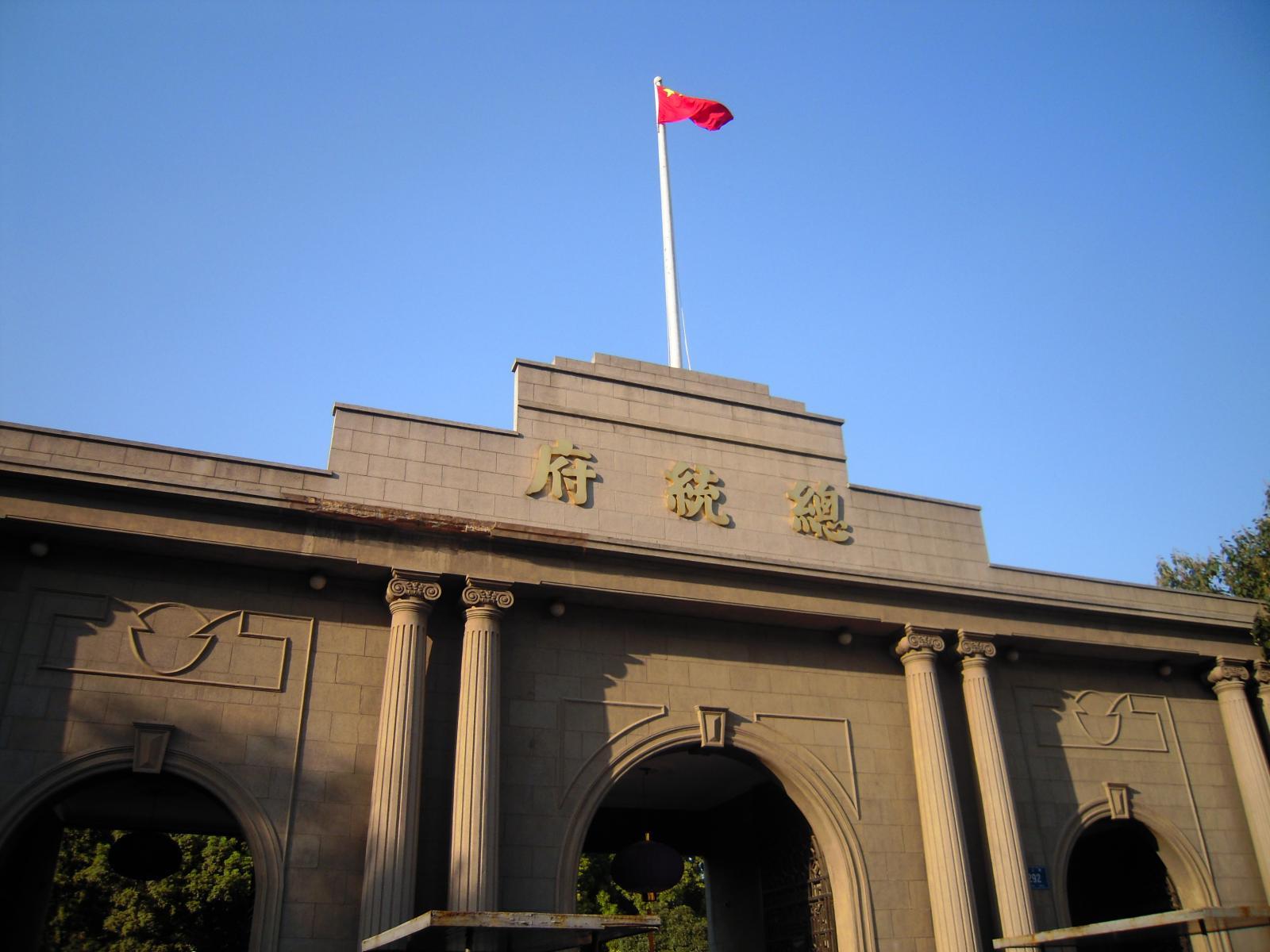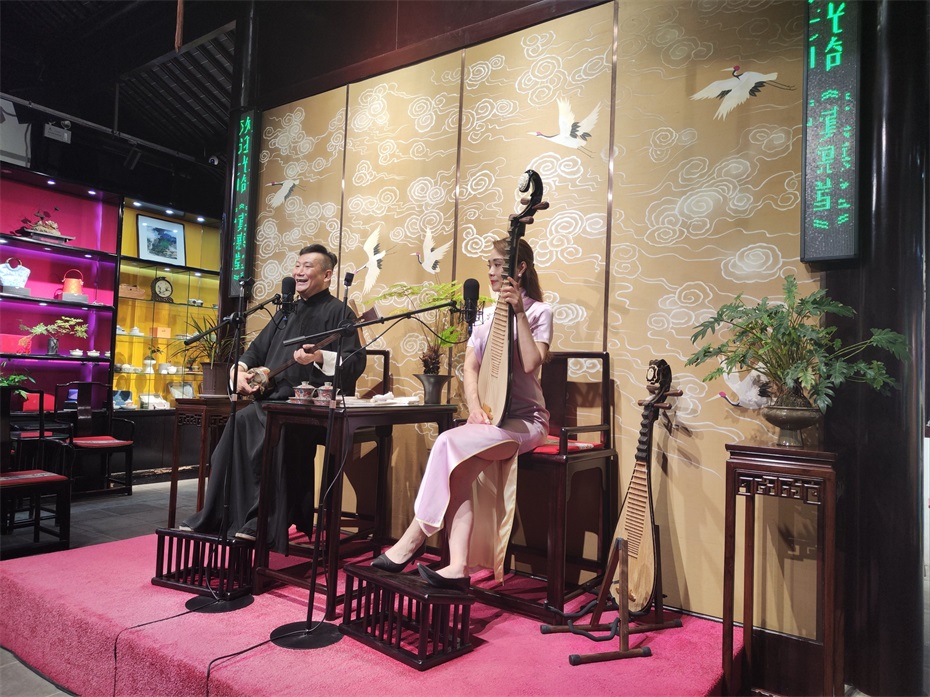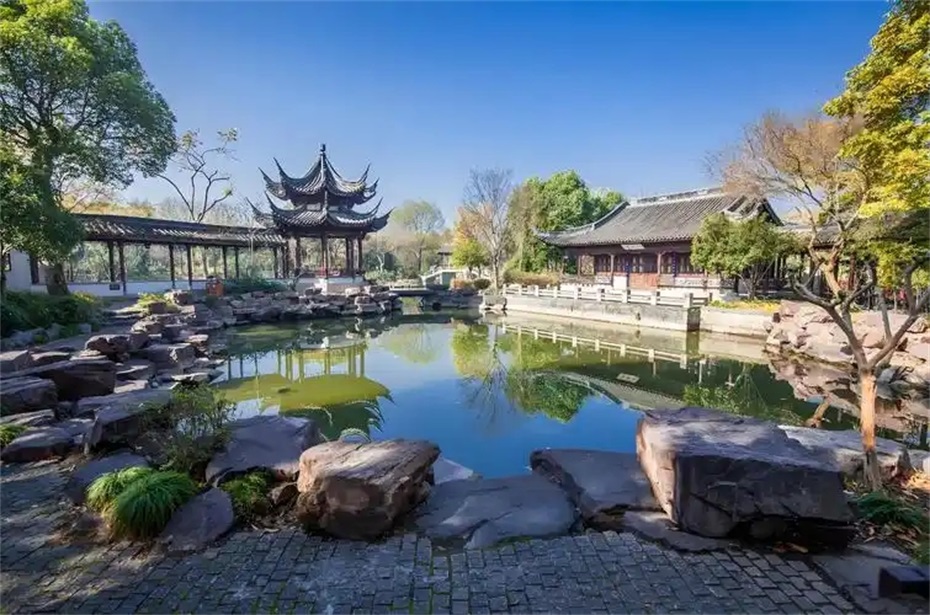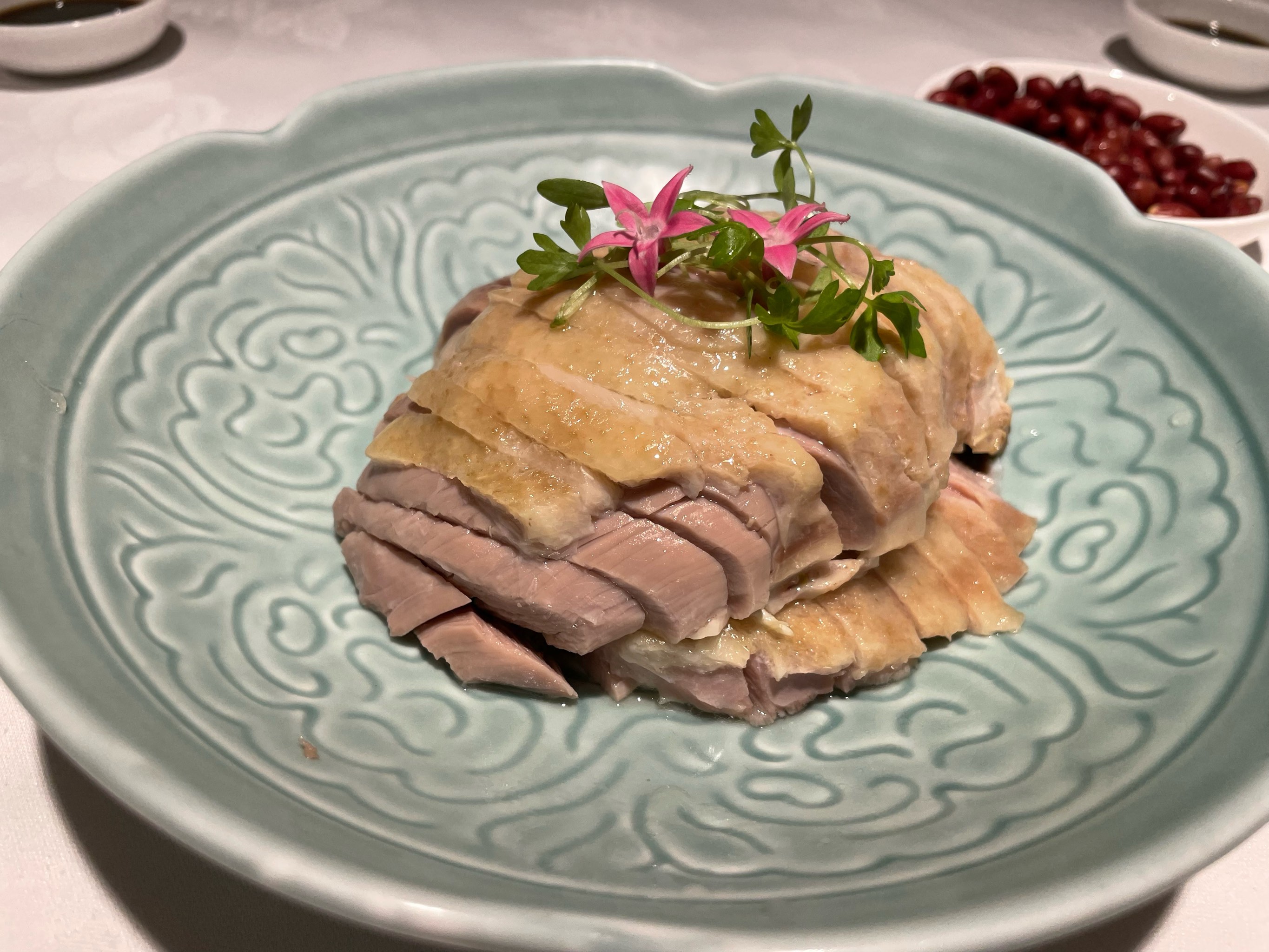Jiangsu Province
Overview of Jiangsu Province

Jiangsu Province, abbreviated as "Su", is located in the central coastal area of eastern China, on the northern wing of the Yangtze River Delta. It is one of the most developed and competitive provinces in China's economy. The total area of the province is 107200 square kilometers, with 13 districts and cities under its jurisdiction, and a permanent population of 85.15 million people (2022 data). In 2022, the total regional GDP of the province reached 12.29 trillion yuan, and the per capita GDP ranked first among all provinces and regions in China for 13 consecutive years.
Jiangsu Province currently governs 13 prefecture level cities including Nanjing (provincial capital), Wuxi, Xuzhou, Changzhou, Suzhou, Nantong, Lianyungang, Huai'an, Yancheng, Yangzhou, Zhenjiang, Taizhou, and Suqian. All prefecture level cities have entered the ranks of the top 100 economic cities in China. As the only province in China where all prefecture level cities are among the top 100 in the country, Jiangsu is known as the "land of fish and rice", "silk capital", and "city of gardens", and is also an important birthplace of modern Chinese national industry.
2Ӣ Geographical features
1. Location characteristics
Jiangsu Province is located between latitude 30 ”ć 45 ”ä -35 ”ć 20 ”ä N and longitude 116 ”ć 18 ”ä -121 ”ć 57 ”ä E. It borders the Yellow Sea to the east, Shanghai and Zhejiang to the southeast, Anhui to the west, and Shandong to the north. The Yangtze River spans 425 kilometers from east to west, and the Grand Canal runs 718 kilometers from north to south. The two major water systems intersect within Jiangsu province.
2. Terrain and landforms
The province has a low-lying terrain, with plains accounting for 86.89% of the total area, making it the province with the highest proportion of plains in China
Northern region: Huang Huai Plain
Central region: Lixiahe Plain
Southern region: Yangtze River Delta Plain
Southwest: Ningzhenyang Hills
3. Water system distribution
The Yangtze River System: Spanning East and West
Huai River system: the main water system in the north
The Taihu Lake Lake Basin: the core of Jiangnan water network
Grand Canal: World Cultural Heritage Site
4. Climate characteristics
Transition climate from subtropical to warm temperate zone:
Annual average temperature: 13-16 ”ę
Annual precipitation: 800-1200 millimeters
Significant features: distinct four seasons, simultaneous rain and heat
3Ӣ Historical context
1. Origin of Civilization
Neolithic Age: Qingliangang Culture (6000 years ago)
Spring and Autumn Period and Warring States Period: the birthplace of Wu Yue culture
During the Qin and Han dynasties, Guangling (now Yangzhou) became an important metropolis
2. Feudal peak
Sui and Tang Dynasties: Grand Canal Hub
During the Song and Yuan dynasties, the national economic center shifted southward
During the Ming and Qing dynasties, Jiangnan was a heavily taxed area
3. Modern and Contemporary Development
After 1840: Nantong and other trading ports were opened
Late Qing Dynasty and Early Republic of China: The Rise of Ethnic Industry and Commerce
After the Reform and Opening Up: The "Sunan Model" of Township Enterprises
21st Century: Construction of Innovative Provinces
4Ӣ Cultural Essence
1. Regional cultural characteristics
Wu Culture: Exquisite and Elegant Jiangnan Charm
Jinling Culture: The Historical Heritage of the Ancient Capital of the Six Dynasties
Huaiyang Culture: Inclusive Canal Culture
Chu Han culture: a heroic style centered around Xuzhou
2. Intangible Cultural Heritage

Folk art: Su embroidery, Yun brocade weaving
Traditional skills: Yixing purple clay, Nanjing gold foil
Folk Culture: Qinhuai Lantern Festival, Suzhou Dragon Boat Festival Customs
3. Dialect characteristics
Wu language: Southern Jiangsu region
Jianghuai Mandarin: Central Jiangsu Region
Central Plains Mandarin: Xuzhou and other northern regions
5Ӣ Tourist destinations
1. World Heritage Sites

ming xiaoling mausoleum
China Grand Canal (Jiangsu section)
Habitat for migratory birds in the Yellow (Bohai) Sea
2. 5A level scenic spot
Suzhou Gardens (Humble Administrator's Garden, Tiger Hill, etc.)
Nanjing Confucius Temple Qinhuai Scenic Belt
Wuxi Film and Television Base Three Kingdoms Water Margin Scenic Area
Changzhou Global Dinosaur City
Yangzhou Shouxi Lake Scenic Area
3. Featured tourism
Ancient Town Tour: Zhouzhuang, Tongli, Luzhi
Canal Tour: Yangzhou to Suzhou Section
Red Tourism: Zhou Enlai Memorial Hall
Ecotourism: Yancheng Red crowned Crane Protection Area
6Ӣ Food map
1. Su cuisine school

Su Xicai: Squirrel Mandarin Fish
Jinling cuisine: salted duck
Xu Haicai: Farewell My Concubine
2. Featured snacks
Nanjing Duck Blood Vermicelli Soup
Suzhou Aozao Noodles
Wuxi Xiaolongbao
Yangzhou fried rice
Zhenjiang Guogai Noodles
3. Specialty drinks
Biluochun tea
Yangcheng Lake Hairy Crab
Shuanggou Daqu
rugao ham
7Ӣ Development Status
1. Industrial system
Manufacturing industry: 13 advanced manufacturing clusters
Digital Economy: Nanjing Software Valley, Suzhou Industrial Park
Modern Agriculture: Demonstration Zone for Efficient Agriculture
Cultural and tourism industry: a demonstration province for comprehensive tourism
2. Transportation network
Ports: Lianyungang, Suzhou Port, etc
High speed railway: "Three Vertical and Four Horizontal" backbone network
Aviation: 9 transportation airports including Nanjing Lukou
Highway: The density of highways is leading in the country
3. Innovation ecosystem
Sunan National Independent Innovation Demonstration Zone
Nanjing Jiangbei New Area
Suzhou Laboratory
The Taihu Lake Lake Laboratory
From Wu Yunhan style to modern metropolis, from a land of fish and rice to an innovation highland, this land of "Water Charm Jiangsu" is writing a modern chapter in the construction of a "strong, prosperous, beautiful and high" new Jiangsu with the responsibility of "striving to be a model, a demonstration, and leading the way". It has both the poetic flavor of "sunrise, red flowers, and fire" and the heroic sentiment of "daring to teach the sun and the moon to change the sky", and is becoming a vivid model of Chinese path to modernization.
simliy
